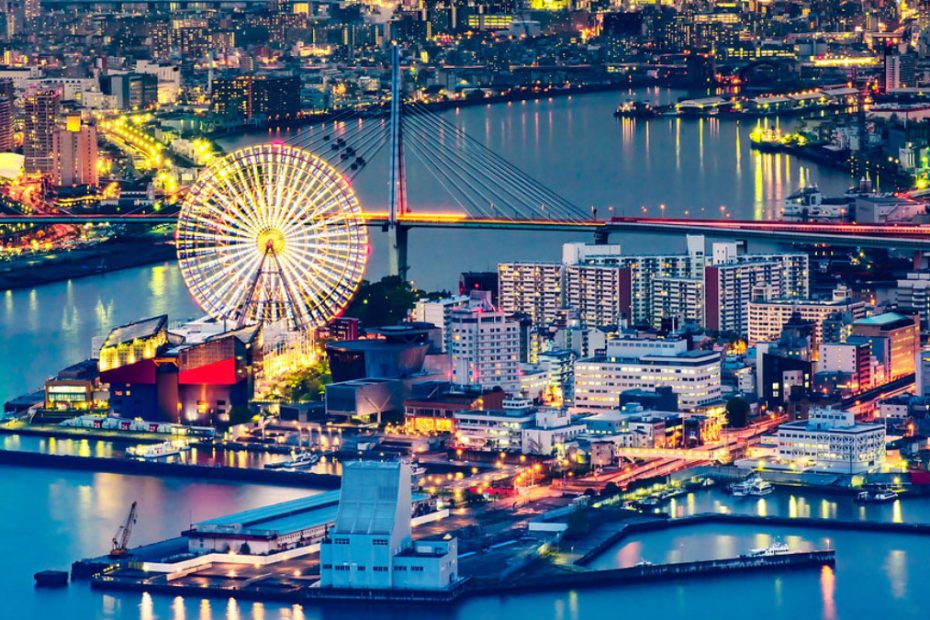Osaka, Japan’s vibrant culinary and cultural hub, offers a perfect blend of modernity and tradition. Whether you’re a foodie eager to jump into the local cuisine or a history buff wanting to explore ancient temples, Osaka has something for everyone. With just two days, you can experience the city’s highlights without feeling rushed.
In this itinerary, I’ll guide you through the must-see spots and hidden gems that make Osaka unforgettable. From bustling markets to serene gardens, you’ll get a taste of what makes this city so special. So pack your bags and get ready for an adventure that balances excitement and relaxation in the heart of Japan.
Key Takeaways
- Day 1 Itinerary Highlights: Start your journey at the historic Osaka Castle, shop at the lively Shinsaibashi Shopping Street, and enjoy the neon-lit nightlife in the Dotonbori District.
- Day 2 Itinerary Highlights: Explore the serene Sumiyoshi Taisha Shrine, marvel at marine life in Osaka Aquarium Kaiyukan, and end with panoramic views from Umeda Sky Building.
- Optimal Travel Seasons: Best times to visit Osaka are during spring (March-May) and autumn (September-November) for pleasant weather and scenic beauty.
- Transportation Tips: Utilize Osaka’s efficient Metro system and the JR Osaka Loop Line for easy exploration. Consider an ICOCA card for seamless travel.
- Cultural and Entertainment Spots: Experience a blend of traditional and modern Osaka with its ancient shrines, bustling shopping districts, food havens, and architectural marvels.
Day 1: Exploring Central Osaka
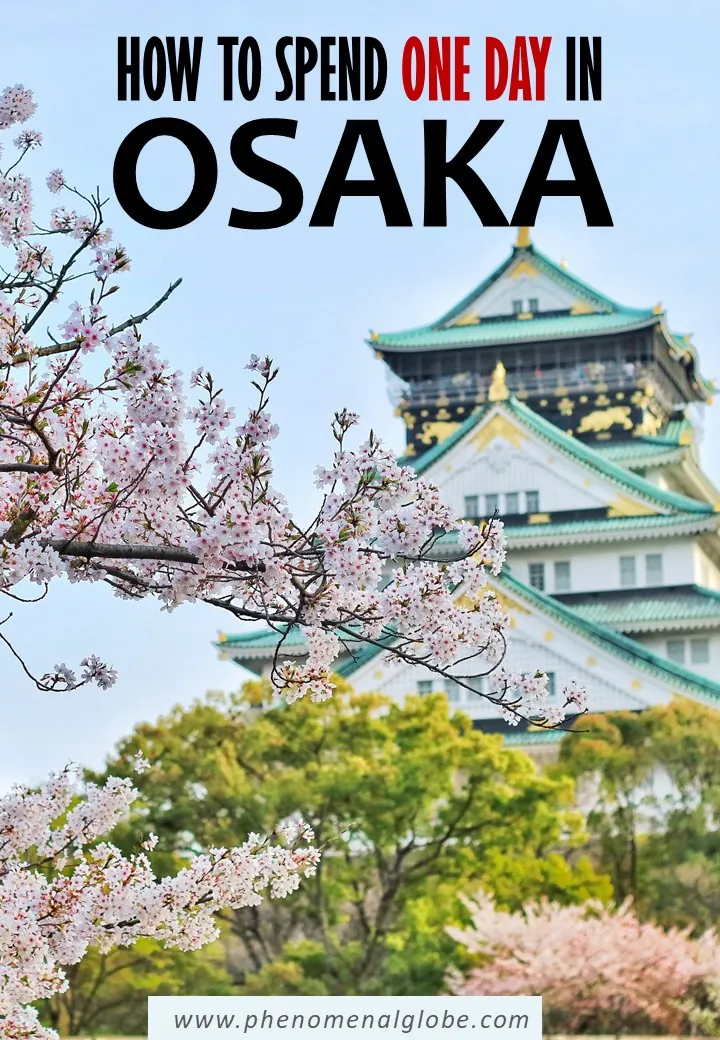
Starting my adventure in the heart of Osaka, I planned a day packed with historical sites, vibrant shopping streets, and bustling nightlife.
Morning: Osaka Castle
I began my morning at Osaka Castle, a symbol of Japan’s rich history and architectural grandeur. Built in 1583 by the samurai warlord Toyotomi Hideyoshi, the castle stands as a testament to his power. The entrance fee is ¥600, but children under 15 get free access. Inside, a museum boasts over 10,000 artifacts, each narrating a part of Japan’s storied past. The grounds, open year-round, are a picturesque sight, offering a serene escape from the city’s hustle. The panoramic deck on the top floor provided breathtaking views of both the castle grounds and Osaka’s urban world.
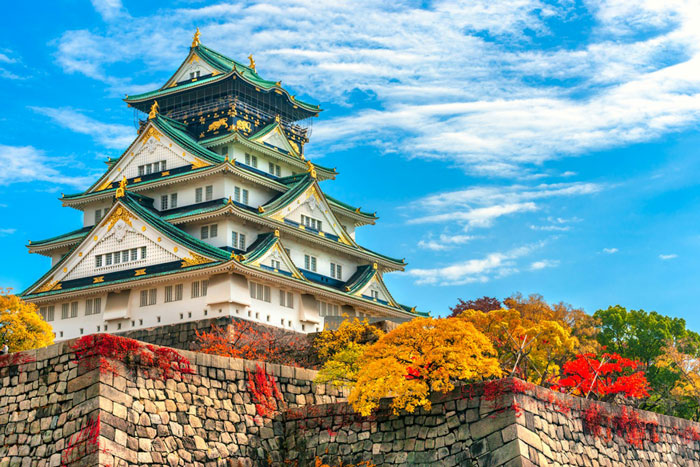
Afternoon: Shinsaibashi Shopping Street
After soaking in history, I headed to Shinsaibashi-suji, a bustling shopping street in the Minami district. Known for its lively environment, this street has a variety of shops offering everything from trendy fashion to traditional souvenirs. I found unique gifts and sampled delicious local food at various stalls. Shinsaibashi-suji’s vibrant atmosphere made it a perfect place to immerse myself in the everyday life of Osaka residents. Walking through the street, I felt the pulse of the city and its dynamic energy.
Evening: Dotonbori District
As night fell, I moved to the Dotonbori District, famous for its neon lights and culinary delights. This area, a food lover’s paradise, offered an array of street foods like takoyaki and okonomiyaki. The iconic Glico Man sign and vibrant billboards lit up the night, creating a lively backdrop for my evening stroll. I explored the bustling entertainment scene, which included theaters, arcades, and karaoke bars. Dotonbori’s unique blend of modern entertainment and traditional cuisine made it an unforgettable end to my first day in Osaka.
Day 2: Cultural and Modern Osaka
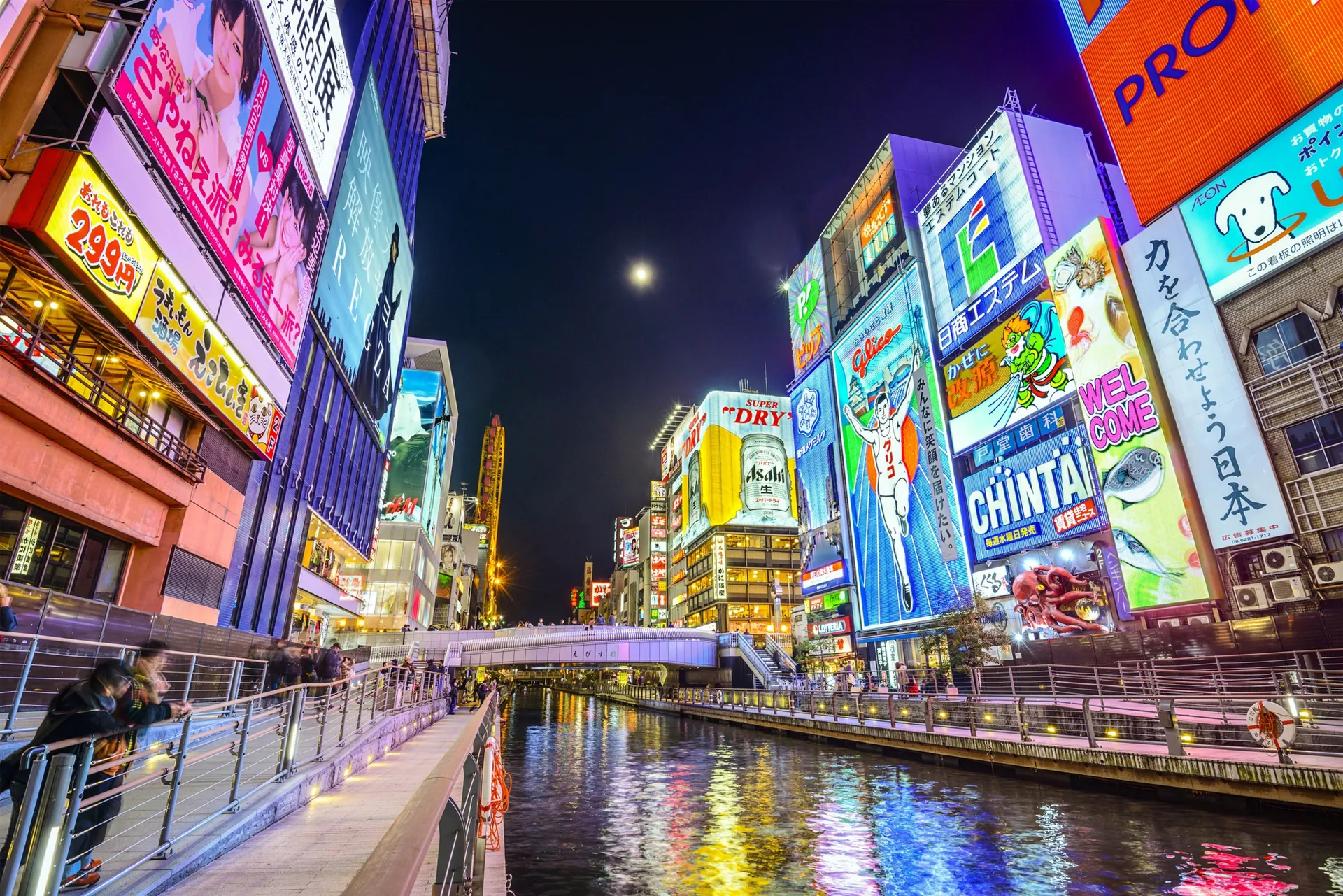
On the second day, jump into the rich cultural heritage and modern attractions that Osaka offers. Each segment of the day is designed to give a balanced experience of tradition and contemporary marvels.
Morning: Sumiyoshi Taisha Shrine
Start the day at Sumiyoshi Taisha Shrine. This Shinto shrine, founded in the 3rd century, is one of Osaka’s oldest and most notable. It’s known for its unique Taisha-zukuri architecture, which lacks influence from mainland Asia and stands out as purely Japanese.
Walk through the serene environment, surrounded by ancient trees and stone lanterns. The shrine features the famous Sorihashi Bridge, which offers picturesque views and is an iconic photo spot. Sumiyoshi Taisha has been a place of worship for hundreds of years, attracting visitors who seek blessings for safe travels and good fortune.
October 22 marks the annual Sumiyoshi Autumn Festival, where traditional music and dance performances provide a lively cultural experience. Even outside festival periods, the shrine offers a tranquil escape from the city’s hustle and bustle. Visit the on-site treasure hall to view historical artifacts and gain deeper insights into the Shinto religion and its traditions.
Afternoon: Osaka Aquarium Kaiyukan
Next, head to Osaka Aquarium Kaiyukan. This massive public aquarium, located in the Tempozan Harbor Village, showcases marine life from the Pacific Rim. It’s one of the largest in the world, housing over 620 species.
Begin the journey at the Aqua Gate, a tunnel providing a 360-degree view of sea creatures swimming overhead. The central tank, massive in scale, replicates the Pacific Ocean and is home to a whale shark, the largest fish species. Other tanks represent different regions, showcasing diverse habitats from the Great Barrier Reef to Antarctica.
Kaiyukan incorporates interactive displays for educational insights on marine ecology and conservation efforts. The jellyfish exhibition, featuring multiple species, uses lighting effects to create a mesmerizing atmosphere. The facility is designed to allow a seamless, spiraling path from the top floor to the bottom, ensuring visitors don’t miss any exhibits.
Regular feeding times and live shows make it possible to see marine animals in action, providing a comprehensive understanding of their behaviors and environments. The adjacent Tempozan Marketplace offers dining options and souvenir shops, perfect for a post-visit refreshment.
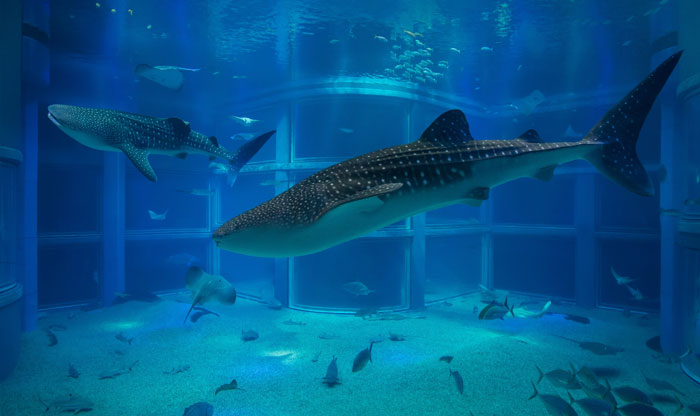
Evening: Umeda Sky Building
End the day with a visit to the Umeda Sky Building. This architectural marvel consists of two 40-story towers connected by the Floating Garden Observatory. It offers an unparalleled panoramic view of Osaka, especially mesmerizing at sunset and nighttime.
Access the observatory via glass-enclosed escalators, which provide a thrilling ascent. Once at the top, enjoy 360-degree views of the cityscape, including landmarks like the Osaka Castle and the distant Ikoma Mountains. The rooftop observatory features a “Lumi Sky Walk,” an open-air deck illuminated with LED lights after dark.
The building itself, designed by renowned architect Hiroshi Hara, is a prime example of modern architecture. Inside, the Takimi Koji Alley replicates a 1920s Osaka street, lined with traditional izakayas and cafes.
Events such as seasonal illumination displays and cultural exhibitions can add an extra layer of enjoyment to the visit. The Umeda district surrounding the Sky Building is a bustling area, perfect for a last stroll through its shops and nightlife before ending a culturally and visually enriching day.
Travel Tips for Your Osaka Visit
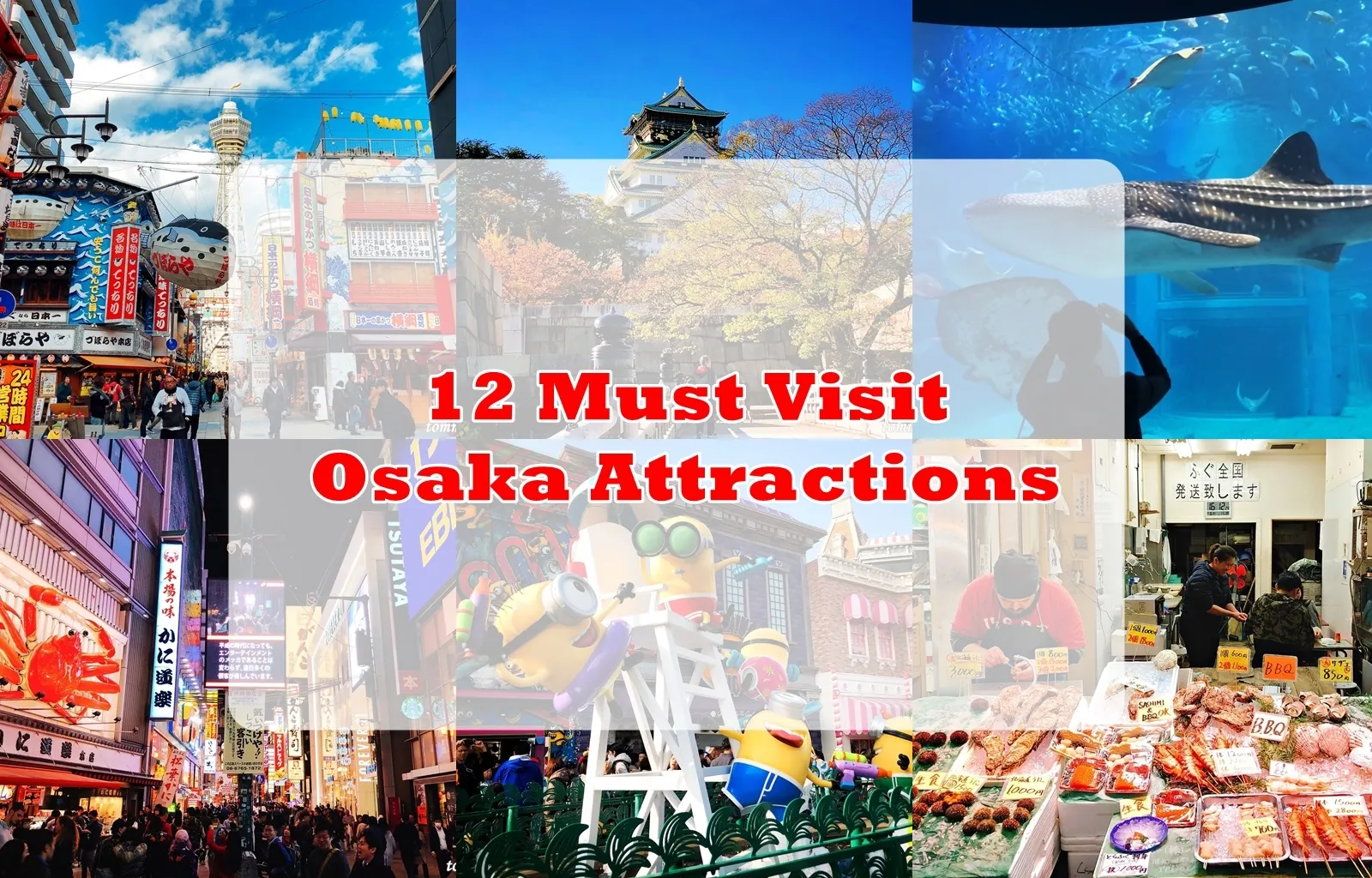
When planning a trip to Osaka, it helps to have some practical tips to make the experience smoother and more enjoyable.
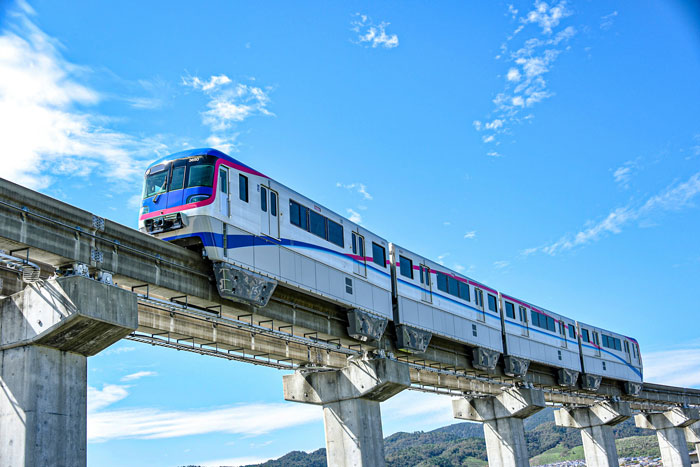
Best Time to Visit
Osaka’s climate varies greatly between seasons, so timing your visit can influence your experience. Spring (March to May) and autumn (September to November) are ideal for pleasant weather and vibrant scenery. During cherry blossom season in April, public parks like Osaka Castle Park and Kema Sakuranomiya Park burst into bloom, creating picturesque landscapes. October, known for its comfortable temperatures, is perfect for exploring outdoor attractions.
Summer (June to August) can be hot and humid, with temperatures reaching up to 95°F (35°C). If you visit during this time, stay hydrated and dress in light, breathable clothing. While winter (December to February) is cold, with temperatures sometimes dropping to 32°F (0°C), it’s less crowded, making it a good option for those seeking a quieter experience and lower hotel rates.
Transportation in Osaka
Exploring Osaka is straightforward thanks to its efficient public transport system. The Osaka Metro system covers the city’s main attractions, and an ICOCA card can simplify travel by allowing easy access to trains, buses, and even some shops. I found the JR Osaka Loop Line particularly useful for visiting major sites like Osaka Castle and Universal Studios Japan.
Taxis are available but tend to be expensive. If you prefer a more convenient option, consider renting a bicycle. Many neighborhoods are bike-friendly, and rental shops are easy to find. Walking can also be enjoyable, especially in districts like Dotonbori and Shinsekai, where the streets are filled with culture and history.
For those flying in or out, Kansai International Airport (KIX) is the primary gateway. To reach the city center, use the Nankai Airport Line or the Kansai Airport Limousine Bus. From my experience, both options are reliable and efficient, making your arrival and departure hassle-free.
Conclusion
Exploring Osaka in just two days offers a perfect blend of cultural depth and modern excitement. From the serene Sumiyoshi Taisha Shrine to the awe-inspiring Osaka Aquarium Kaiyukan and the panoramic views from Umeda Sky Building there’s something for everyone. With the practical travel tips I’ve shared exploring the city becomes a breeze. Whether you choose to ride the Osaka Metro rent a bike or simply walk through bustling districts like Dotonbori and Shinsekai you’ll find Osaka’s charm is undeniable. I hope this itinerary helps you make the most of your short but sweet stay in this vibrant city.
Frequently Asked Questions
What are the best times to visit Osaka based on weather?
The best times to visit Osaka are spring (March to May) and autumn (September to November). During these months, you’ll experience mild weather, beautiful cherry blossoms or colorful autumn leaves, and numerous festivals.
How can I travel within Osaka?
You can travel within Osaka using the Osaka Metro system and the JR Osaka Loop Line. Both are efficient, affordable, and cover most of the city, including major attractions.
How do I get to and from Kansai International Airport?
You can get to and from Kansai International Airport efficiently by taking the Nankai Airport Express, JR Haruka Express, or various bus services. Taxis and rental cars are also available but more expensive.
Are there any tips for exploring Osaka on foot or by bicycle?
Yes, exploring vibrant districts like Dotonbori and Shinsekai on foot or by renting bicycles is highly recommended. These areas are bustling with activity and walking or biking offers a more immersive experience.
What are some must-visit attractions on Day 2 in Osaka?
On Day 2, must-visit attractions include the Sumiyoshi Taisha Shrine for traditional culture, the Osaka Aquarium Kaiyukan for marine life, and the Umeda Sky Building for stunning city views.
Is it easy to navigate Osaka for non-Japanese speakers?
Yes, Osaka is quite tourist-friendly. Signs and public transportation information are available in English. Many locals also understand basic English, particularly in tourist areas.

